“Our recipe for success was that we always believed in our strategic direction”

Basel software company Day went public at the height of the internet bubble. In 2010, Adobe acquired Day for USD 240 million. Today, the Basel team leads the development of Adobe Experience Manager. We spoke to Jean-Michel Pittet, now VP Engineering at Adobe, about survival in times of crisis, the demands of US companies on start-ups and Swiss founders.
Mr Pittet, how many employees does Adobe have in Basel today?
Jean-Michel Pittet: About 100 to 150.
And what is their job in the group?
The development of Adobe Experience Manager, the heart of the Adobe Experience Cloud, is headed from Basel. The Experience Manager ensures that companies bring their content consistently to customers across various channels in such a way that prospective buyers get the right information at the right time. Analytics are also integrated, which provide information about user behaviour.
Which companies use Experience Manager?
Well-known names in Switzerland include UBS, Swatch and Swisscom. A total of several hundred thousand presences and digital experiences are designed with the Manager.
When you joined Day in 2001, the IT world was fundamentally different. Content management systems such as Day’s ensured that content was displayed in a user-friendly manner on a website. Different channels, the cloud and artificial intelligence, as found in Experience Manager today, were still far away. What were the challenges then?
The special thing about a content management system is that the content is not processed for specialists – for example, traders, HR managers or accountants – but for people like you and me. It was an interesting task even then.
What were your responsibilities at Day?
I came from the US where I worked for Silicon Graphics. David Nüscheler, one of Day’s founders, was looking for someone with experience gained through a technology company. In particular, I had to ensure greater efficiency through structures; for example, through release, quality and support management.
So Day was in growth mode?
Absolutely. It had gone public at the top of the peak and still had growth plans.
What happened then?
We registered that things were going down and looked very closely at our cash flow. And we were fortunate to have cash. As you can see, this is an advantage in the current situation.
I assume there was also a wave of lay-offs.
There were several rounds of redundancies. Of course, this had to be managed. Our goal was always to ensure that the people we had to lay off would rejoin Day when things went up again.
Did you succeed?
Yes, very well
The Swiss start-up scene was practically wiped out in 2001/2002. How did Day survive? It can hardly have been good management alone.
Our recipe for success was that we always believed in our strategic direction: that we were there to change the world of web experiences. This core belief was something special. The entire leadership team shared this conviction and pulled together.
This importance of the vision and the goal of changing the world – that sounds to me like an American start-up mentality.
You are not wrong. Day was a mix of a US and a European start-up.
Let’s talk about acquisitions instead of the crisis. In 2010, Day was taken over by Adobe. Since then, Adobe has bought other European start-ups. What does a start-up company have to offer in order to interest a well-known US group?
It’s a complex question. You have to understand the business realities of American corporations, which include being able to show convincing figures, but above all being successful in the US. This is certainly the biggest hurdle – the start-up must have a presence in the US. The best thing is for one of the founders to move there.
What about these requirements at Day back then? Did you have these qualifications in the US?
Adobe itself used our CMS called CQ5. This internal connection helped us a lot. After the takeover, the CMS was then sold by the group under the name Adobe CQ5.
The history of Day and the important Adobe location in Basel show that Switzerland has potential in terms of software development. How do you rate Swiss IT start-ups?
The start-ups I see give me encouragement. There is a lot of creativity and many founders are very impressive.
To what extent is Adobe connected to the Swiss IT scene today?
We have close contacts with the universities in particular, specifically with ETH, EPFL and the University of Basel. We also support numerous local initiatives, such as Swiss Made Software, We Shape Tech and Women in Digital. Another important contribution from us is that we help bring Switzerland on to the global map; for example, we managed to get the HTTP Working Group – the group that maintains and develops the core protocol of the World Wide Web – to meet in Basel. The elite of the internet world thus visited Basel.
Adobe in Basel
Adobe acquired Day Software, founded in 1993, in 2010 and has had a presence in Basel since then. On site, the company now houses an important centre for research and development and is the ‘Global Center of Excellence Adobe Experience Cloud’. From Basel, Adobe drives primarily the development of Adobe Experience Manager (AEM), which simplifies the creation and management of personalised content and digital experiences for all channels.


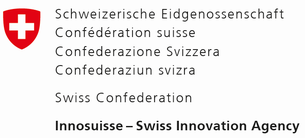


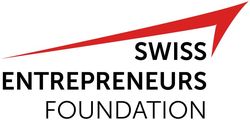


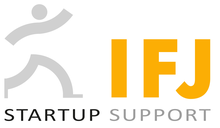









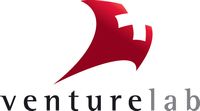



















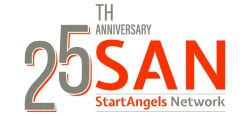

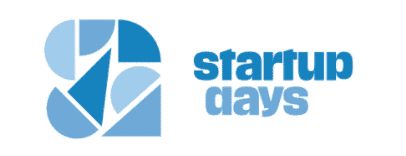














Please login or sign up to comment.
Commenting guidelines